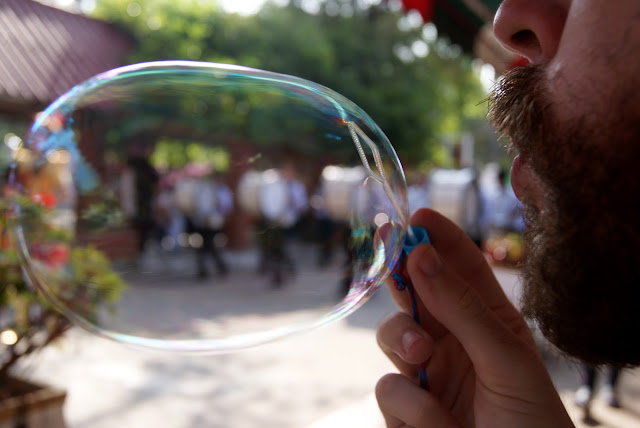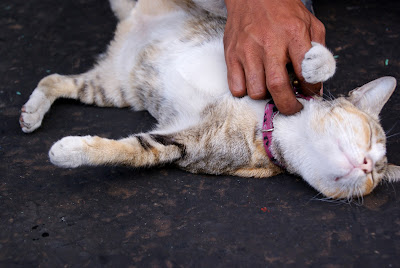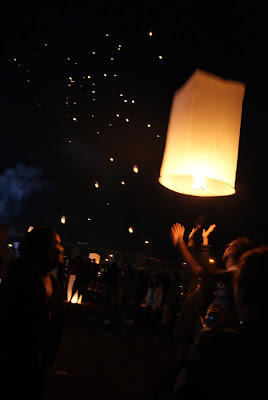Tiny high fives and smiles riddles with missing teeth. Stray cats that just want to cuddle. Random butterflies drifting past. Sun through banana leaves. The sweet serenade of a thousand frogs as they settle in for the night. Courage. Making silly faces. Deep breaths. Cricket concertos.
A world full of challenges, both physical and mental. Failures that teach. The endless possibilities evident in a map. Creativity. Bare feet. Hot showers. Handstands. A life full of risks and uncertainty. Stray dogs in sweaters. Sunsets and thunderstorms. Starry nights. Street food vendors. Quiet cups of tea. Balance.
The world is full of things worth being thankful for. It is in these small glimmerings of beauty that I find bliss spontaneously.
It is important to be grateful for life’s blessings, no matter how small, how seemingly insignificant. Gratitude can be life-altering, mind-changing. Taking time to remember that each day offered us something wonderful can wash away the negativity.
It is easy to focus only on what goes wrong, simple to get swept away by a bad mood. Life is full of mishaps, insults, disagreements, challenges, and shitty days. The good things, the positive, can sometimes get lost in all that muck; they tend to be smaller, more commonplace, less abrupt and abrasive.
Much like meditation, painting, football, yoga, running a marathon, or any of the myriad practices to which we dedicate our time, practicing gratitude every now and then probably isn’t going to get the results you’d like. Stopping to acknowledge life’s splendor and blessings should be something we do on a regular basis.
Like eating well or going to the gym, we need to commit to
being grateful. Not once a month or week. Not once a year. Be thankful every
day. Because somewhere in all that muck, beneath the bad moods, we all have
something to be grateful for. Daily.
So, here’s to a happy, bliss-filled Thursday.



























